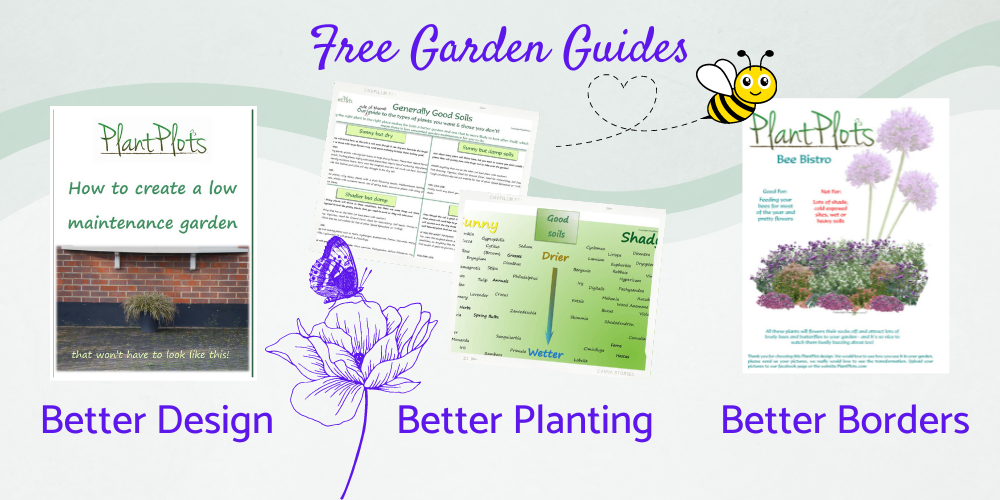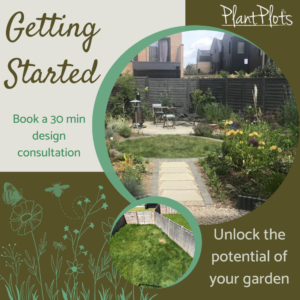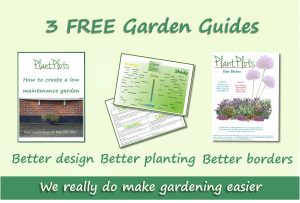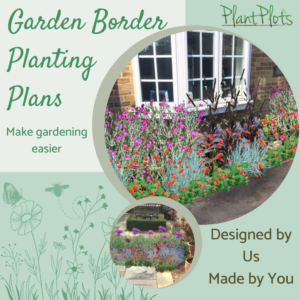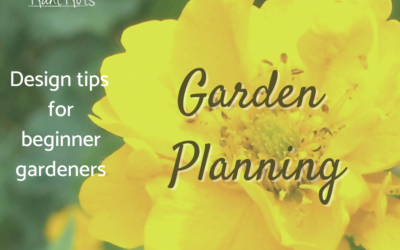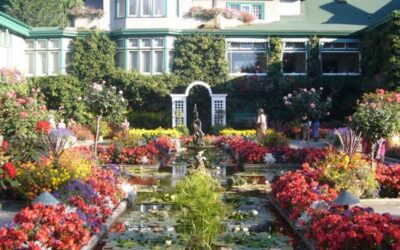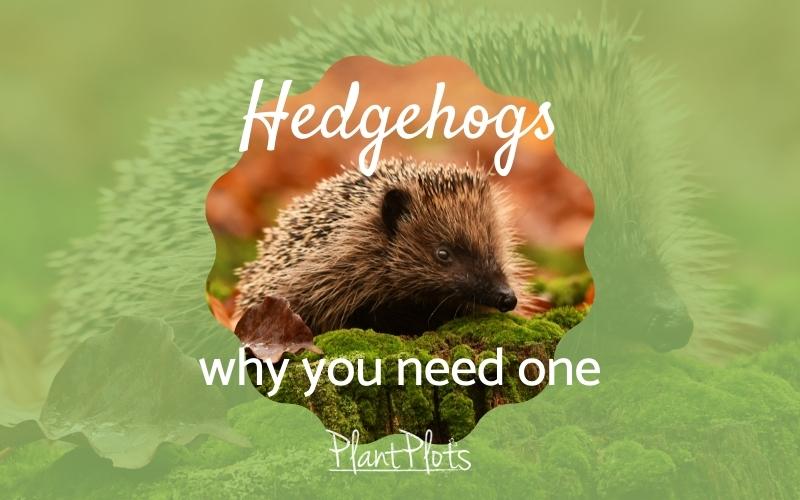
Why help hedgehogs?
Despite the fact they are adorably cute and have been on this planet for about 20 million years, we’ve lost a third of our hedgehogs over the last 10 years.
It seems likely from long-running surveys that there are fewer than a million hedgehogs left in the UK.
If that isn’t reason enough, hedgehogs actually play a vital part in the UK ecosystem, occupying an important part of the food chain. They mostly eat invertebrates, such as slugs, caterpillars, millipedes, and a range of other creepy crawlies. The more they decline, the more the ecosystem and food chains are disrupted, which is bad for all involved.
And as far as we gardeners are concerned, having hedgehogs in your garden is like having your very own pest controllers. Hedgehogs are far more efficient bug hunters than we ever could be, improving biodiversity actually helps reduce the maintenance chores in the garden.
So how do I encourage hedgehogs?
There are a few simple and easy things you can put in your garden that will help encourage hedgehogs. These suggestions are from Hedgehog Street and the Hedgehog Preservation Society, charities that are both working hard to conserve our hedgehogs.
Link your garden.
According to research, Hedgehogs can travel a mile every night on their search for food or mates. With the increasing urbanisation of the countryside, hedgehogs are finding it hard to move from one garden to the next thanks to secure fences and walls.
This is why it’s important to create hedgehog holes were possible, by either:
removing a brick from the bottom of a wall
cutting a small hole in your fence the size of a CD
or digging a channel underneath your fence or gate
swapping fences for hedges, which can also help birds and bees.
Some fencing companies are now supplying ready made fencing with hedgehog holes...so helping open up the gardens couldn’t be easier.
Log piles.
These are one of the best features you can create when encouraging wildlife in your garden. Not only do they attract and produce insects as the wood rots down, making a hedgehog buffet, they can also provide a safe place for breeding and hibernating. You can either collect any wood you cut from your garden, or ask a local park, landscaper, or tree surgeon. Place the logs in an undisturbed corner of your garden and replenish with newer logs every now and again.
Open compost heaps.
Again, these are great sources for insects and invertebrates, but just be careful when you come to turn the pile with a garden fork, in case you’ve attracted any hedgehogs. Oh and they don’t have to be perfectly tidy either, just accessible.
Leaf piles.
These not only provide good sites for nesting and hibernating, but also good bedding material for other nesting sites and hedgehog boxes in the local area. It’s helpful to think of your garden as part of a local network, rather than a home for one population of hedgehogs. Again, be careful when clearing away, in case you find a sleeping hedgehog.
Wildflower patches and overgrowth.
Now this is a good one, not only do you get a hedgehog friendly area – you don’t have to do so much gardening!
Leaving one corner of your garden untrimmed and overgrown can help both insects to thrive all year-round, as well as providing nesting and hibernation sites for hedgehogs. Wildflower patches can also attract more wildlife such as caterpillars and other insects hedgehogs can eat.
Pop in a Pond.
While you may think ponds are dangerous to hedgehogs, hogs are actually very good swimmers. A pond provides them with a year-round water supply, and also a place where insects, frogs, and even lizards can thrive, which means more food for the hedgehog. Just ensure the ponds have gently sloping edges so any hedgehogs can escape.
Have a Hedgehog house.
You may as well go the whole hog (pardon the pun) and build a specially made hedgehog house. There is a range of designs and styles of houses you can build, and a house will really help a hedgehog breed, nest, and hibernate. Hedgehog Street has a fantastic guide to building hog houses.
Gardens are lifelines for our wildlife, so by us being a little more wildlife aware and maybe a little less worried about everything looking perfect, to coin a well known phrase. ‘every little helps’, just think how much ‘help’ we could all create together!
Let’s change the law too!
We’ve set up a petition also, simple easy solutions are usually the best. We want to change the planning law so all new house builds need to incorporate a run of hedgehog holes in the garden boundaries. Just think all those thousands of housing developments have acres and acres of gardens that our hedgehogs could safely forage in.
It’s a cheap simple win: win situation, you get a fantastic bug hunter for free and you will help conserve our hedgehogs.
P.S – sadly we didn’t get enough signatures to change the law, but you know what Have a hedgehog hole anyway…
Planting ideas
Border Plans and Garden Advice
Unsure what plants to use? No problem, just use one of the border designs we have created. You’ll know what to plant, how many to use and how to look after them.
We would all love to have a garden that looks after itself, where plants are perfectly healthy, never grow too big and the weeds weren’t able to grow! This is never going to happen, but there are ways that will ensure your garden is less labour-intensive and easier to look after. Creating any lower-maintenance garden is all about the methods used to garden, whether you choose to be more biodiverse as well as the plants used. Gardens are not rooms that are separated by impervious walls, the natural world will always enter the garden and mess up your plans! So the best method is to plan well and then the chores you have are those you don’t mind doing!
